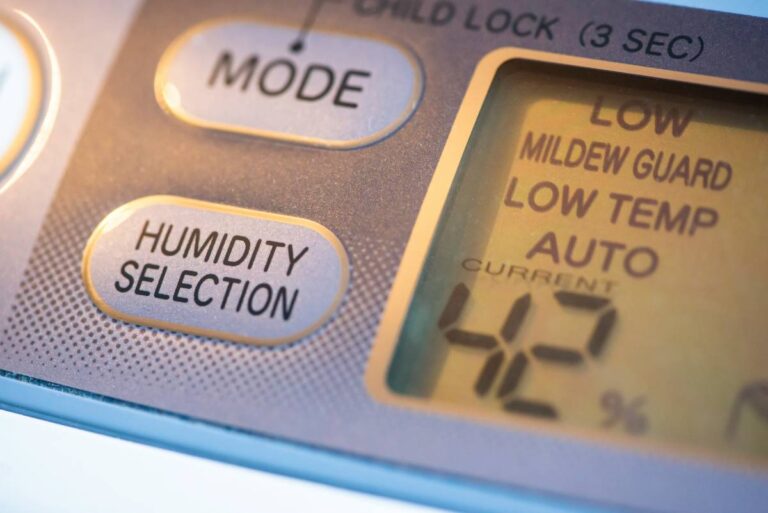Procedural sedation alleviates the pain and distress that may result from a variety of medical or dental procedures. As the risk of adverse events increases with depth of sedation, it is critical to carefully monitor a patient’s level of consciousness during sedation. Monitoring sedation depth during a procedure relies on continuous clinical observation. Electroencephalogram (EEG)-based monitoring methods provide additional data on sedation depth, alongside clinical observation [1]. Research in this field continues, with potential implications for our understanding of consciousness broadly.
There are many EEG-based methods of monitoring sedation depth. The most commonly used is the bispectral index (BIS™ Covidien, Inc., Boulder, CO, USA). The device calculates a numerical derivative from brain electrical activity. It is calculated from an EEG sensor on a patient’s forehead. BIS values range between 0, which reflects no detectable brain electrical activity, and 100, which represents a patient’s awake state. Values below 60 correspond to deep sedation. BIS monitoring during surgery anesthesia results in several clinically important benefits such as reduced anesthetic doses, reduced risk of intra-operative awareness, and reduced recovery time. Interestingly, some studies have suggested that there may be a survival benefit to preventing deeper levels of sedation, as reflected through BIS monitoring [2].
Other devices that use proprietary algorithms to process EEG information for monitoring sedation depth include the E-Entropy (GE Healthcare) and Narcotrend-Compact M monitors (MT Monitor Technik). Similar to the BIS, both of these monitors produce values to represent different levels of anesthesia [2]. However, research conducted by the National Institute for Health and Care Excellence (NICE) has concluded that the evidence for the use of the latter two monitors is less strong than that for the use BIS in patients receiving general anesthesia.
In order to improve options for sedation depth monitoring, a recent study sought to assess the correlation between BIS values and Richmond agitation sedation scale (RASS) values, questioning whether it would be possible to replace RASS with BIS. A correlation was observed between BIS and RASS when evaluating the depth of sedation of intensive care unit patients undergoing flexible fiberoptic bronchoscopy. The data demonstrated that BIS monitoring is a meaningful clinical tool which can be used as an additional method to assess sedation, especially among high-risk patients [3].
A recent study from 2018 sought to investigate whether monitoring of analgesic sedative drug concentrations (sufentanil and midazolam) might help optimize analgesic sedation, and whether drug serum concentrations were correlated with the results of subjective RASS and objective BIS monitoring. Correlations between drug serum concentrations and clinical or neurophysiological monitoring procedures were found to be quite weak, possibly as a result of intersubject variability, drug-drug interactions, and complex metabolic processes which can be very different in critical ill patients. Physiological drug monitoring was thus not found to be helpful in determining the sedation depth of intensive care unit patients [4].
References
1. Depth of Anesthesia Monitoring – an overview | ScienceDirect Topics. Available at: https://www.sciencedirect.com/topics/medicine-and-dentistry/depth-of-anesthesia-monitoring. (Accessed: 7th January 2024)
2. Conway, A. & Sutherland, J. Depth of anaesthesia monitoring during procedural sedation and analgesia: A systematic review protocol. Syst. Rev. (2015). doi:10.1186/s13643-015-0061-z
3. Zheng, J. et al. Correlation of bispectral index and Richmond agitation sedation scale for
evaluating sedation depth: a retrospective study. J. Thorac. Dis. 10, 190–195 (2018). doi: 10.21037/jtd.2017.11.129.
4. Nies, R. J. et al. Monitoring of sedation depth in intensive care unit by therapeutic drug monitoring? A prospective observation study of medical intensive care patients. J. Intensive Care (2018). doi:10.1186/s40560-018-0331-7

